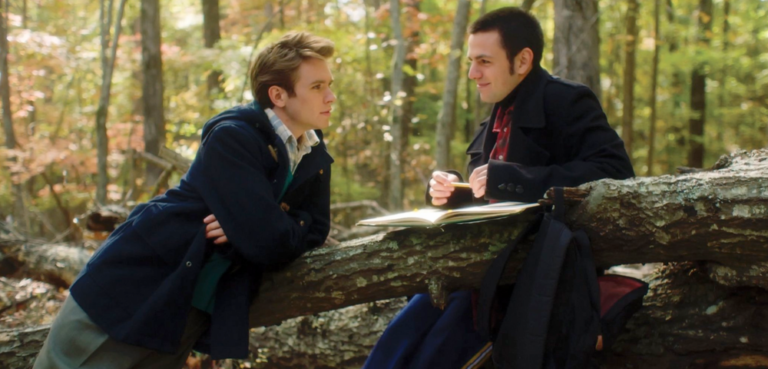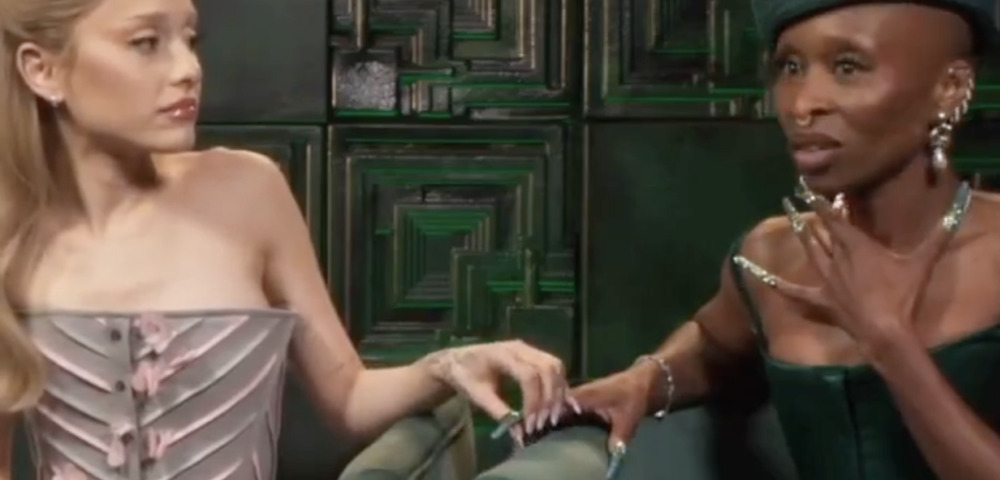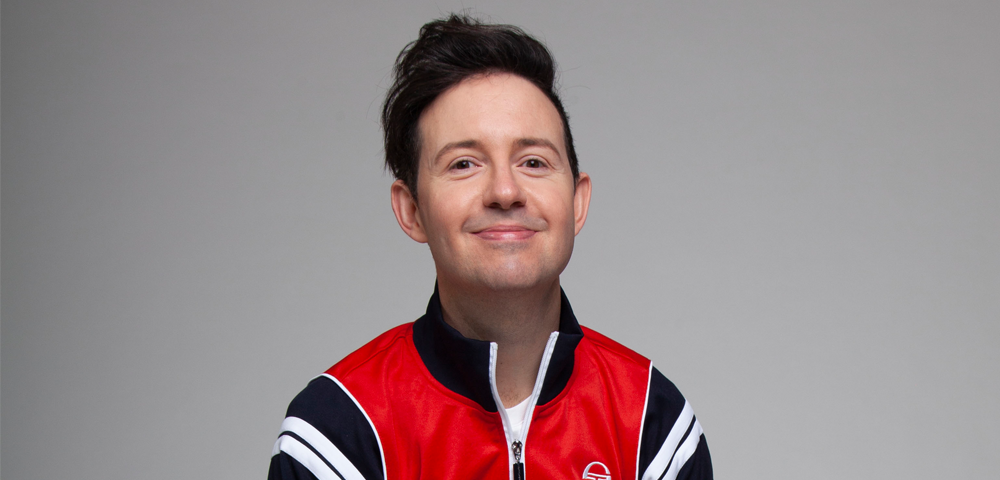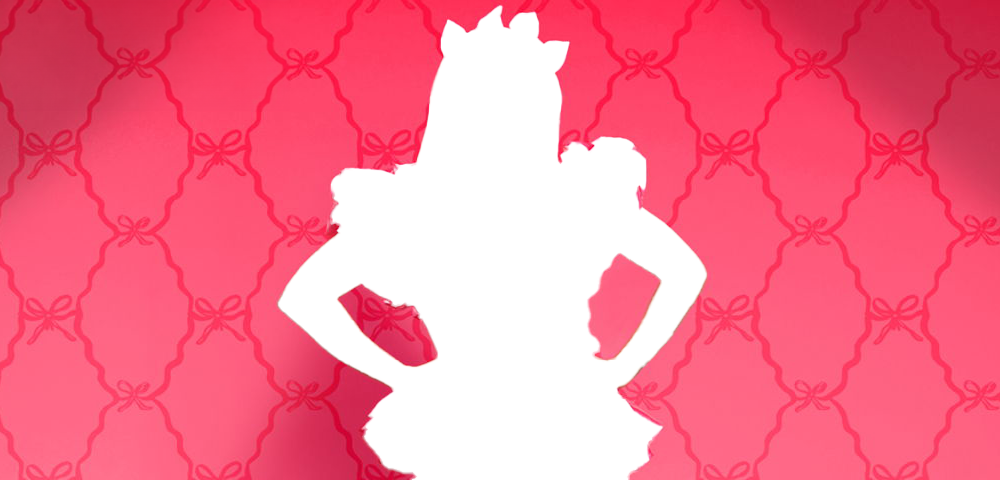
Review: La Bohème by Puccini
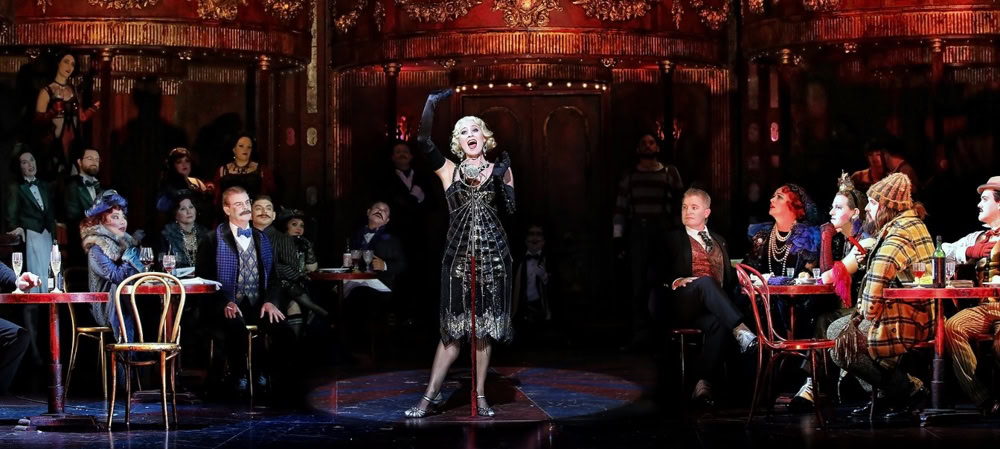
Opera House until 4 February
If you have never seen Gale Edwards’s popular production of La Boheme, this is your last chance. For over a decade, Edwards’s interpretation of Puccini’s much-loved classic has been a quintessential part of summer in Sydney. Nestled between fireworks on the harbour and Sydney Festival’s artistic smorgasbord, the show has been thrilling audiences since 2011.
This season will be its last.
Edwards’s choice of a spiegeltent as the setting for the cabaret scene in the first act was a stroke of directorial genius. The production transforms the much-loved story from 1850s bohemian culture to the artistic extravagance and even decadence of the Weimar Republic of Berlin in the early 1930s.
Audiences are familiar with the famous Australian-owned Spiegeltent, which was part of the Sydney Festival over the years. The venue has featured numerous cabaret acts since it was built in 1920. The legendary Marlene Dietrich is reputed to have performed in it long before it fell into Australian hands.
Within its real or imaginary canvas walls, the spiegeltent invites performers to explore the full range of their emotions and passions, which this Puccini’s opera offers in spades.
The opera opens on Christmas Eve when four friends – a poet, a painter, a musician and a philosopher (no, it’s not a joke!) – celebrate the occasion despite being wretchedly poor.
Their youth and exuberance carry them through the deprivations of a freezing winter with little or no heating or food as they console and support one another as fellow artists.
Puccini himself wrote: “I lived that bohème, when there wasn’t yet any thought in my brain of seeking the theme of an opera…”
He would have been thrilled with Valeria Sepe’s soaring soprano, which wrings tears of joy as well as heartache from her audience as she inhabits the role of Mimi, the consumptive seamstress.
Lyric tenor Kang Wang, as Mimi’s lover Rodolfo, a poet, also rises to the occasion with his intensely moving vocals and expressive acting.
A counterfoil to the principal couple are Marcello, a painter (sung expressively by lyric baritone Haotian Qi), and coquettish Musetta, sung with flirtatious musicality by Julie Lea Goodwin, whom you will remember as Maria from OA’s 2019 production of West Side Story in Handa Opera on Sydney Harbour.
Richard Anderson, as the philosopher Colline, Shane Lowrencev as the musician Shaunard, and Andrew Moran in the double roles of the landlord Benoit and Musetta’s beau Alcindoro, were all a delight to watch and hear, as was the children’s chorus. Lorenzo Passerini wielded his baton passionately.
The cast kept their cool with professional bravura as a brief technical glitch sent a deafening white noise through the Opera House’s sound system on opening night. Mounting a production during a pandemic, as omicron takes its toll on a resource stretched team, is not for the faint-hearted.
Watching a diva die of respiratory failure during the Covidian era was all the more poignant as a safely distanced and masked audience watched in sympathy.
A fantastic production – not to be missed!
